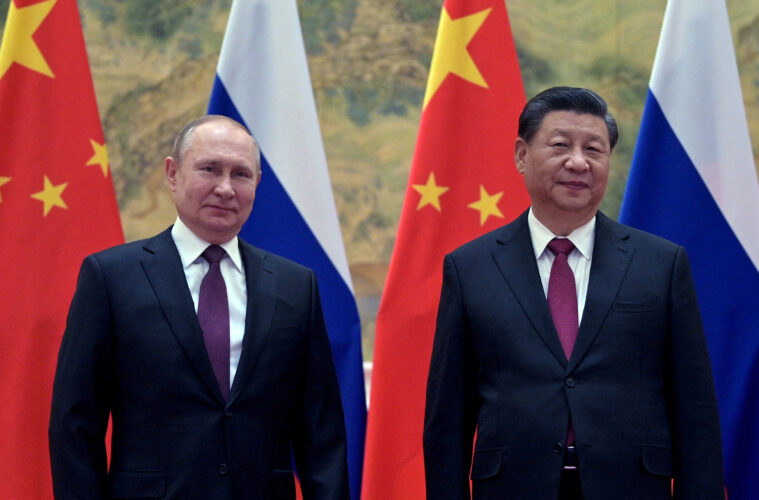Brazil Russia India China South Africa Currency Explained
BRICS (Brazil Russia India China South Africa) have announced plans to develop a new currency, according to the State Duma Deputy Chariman.
Brazil and China have struck a deal to bypass the US dollar when paying for trade goods, which is a significant milestone in Beijing’s long-term goal to establish the yuan as the dominant international currency. The deal allows Brazil and China to exchange payments directly, without converting their currencies to a trusted third-party economy, resulting in cost savings. However, the primary aim of China’s move is to insulate itself from international pressure and reduce reliance on the US dollar, given the US’s willingness to use sanctions as political leverage.
The US dollar is losing its reserve currency status
Here’s what you should know ?
— Genevieve Roch-Decter, CFA (@GRDecter) March 29, 2023
The US dollar became the backbone of the global economy after World War II due to the enormous economy, robust democracy, and transparent regulatory systems of the United States, which quickly entrenched its reputation as a safe haven for international investors. However, an increasing number of nations are now seeking alternative financial systems to insulate themselves from Washington’s social and economic instability, as well as its use of sanctions as a political tool.
Foreign governments and private investors worldwide find the US dollar’s availability, ease, and reliability attractive when conducting their transactions. But, following the invasion of Ukraine, sanctions brought all such activities for Russia’s institutions and 10,000 of its oligarchs to a screaming halt, leading to other countries exploring alternatives to the US dollar. This trend is unmistakable and is marked by the yuan moving into fourth position in the international payments market, behind the US dollar, the Euro, and the Japanese Yen.
The BRICS nations- Brazil, Russia, India, China, and South Africa- have explored issuing a joint reserve currency to bypass the dollar and other major Western currencies. While they are not a formal trade bloc, members are encouraged to align their trade policies and exchange resources. They are also encouraged to dodge the Euro and find alternatives to the US dollar-dominated SWIFT secure messaging system global banks use to transfer funds. In 2014, they launched a $US50 billion New Development Bank as an alternative to the World Bank and the International Monetary Fund, establishing a joint liquidity reserve to ensure members could meet debt repayments.
Moreover, Saudi Arabia, Iran, India, and the United Arab Emirates have begun exploring alternatives to the US dollar when paying for oil, with the vast majority of energy contracts invoiced in US dollars. For energy-importing countries, this means that higher energy prices are exacerbated by an appreciating US dollar.
In conclusion, the move by Brazil and China to bypass the US dollar when paying for trade goods is a significant step towards China’s long-term goal of establishing the yuan as the dominant international currency. The trend of exploring alternatives to the US dollar is unmistakable, with countries seeking alternative financial systems to insulate themselves from Washington’s social and economic instability and its use of sanctions as a political tool.
Published by HOLR Magazine.
Feature image credit: Creator: SPUTNIK | Credit: via REUTERS


